I am following a design based on GreatScott's DIY or buy microphone op-amp. I made some modifications and changes regarding the design, and made the schematic using Fritzing. This is my first time making a schematic and I'd like some feedback or suggestions regarding it.
I put two electret microphones in parallel instead of one based on this post I also changed the power supply voltage from 5 V to 12 V (the power supply in the diagram is a placeholder since there are no part in Fritzing.) Lastly, I used the NE5532 IC instead of the NJM5532.
Here is how I made it on a prototype board. I added space so that I can easily solder the parts without accidentally bridging other parts. I don't mind the extra space. Any feedback or suggestions are appreciated.
The power supply I will be using in place of the placeholder is a 12 V DC power adapter like this.
Edit: I updated the circuit. I now connected the non-inverting B and inverting B inputs, so they are not floating anymore. I couldn't find 1 uF mylar capacitors that are cheap, so I'm sticking with this value.



